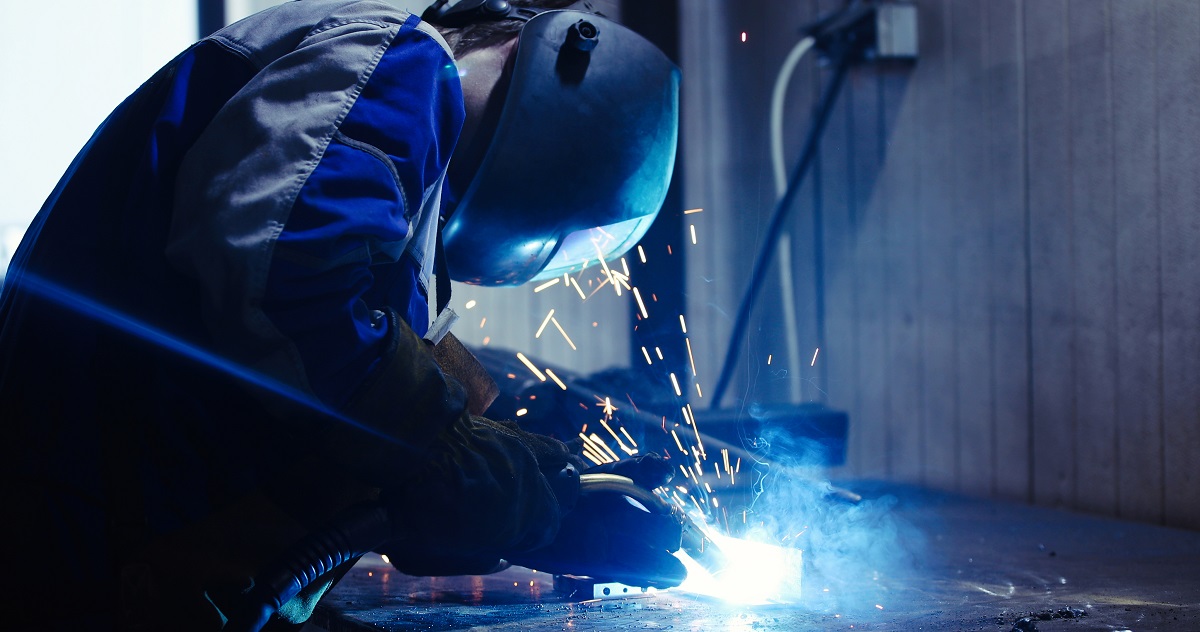Preventing Weld Undercut: Proven Approaches Every Welder Need To Know
Preventing Weld Undercut: Proven Approaches Every Welder Need To Know
Blog Article
Important Tips for Welders: Avoiding Undercut Welding and Ensuring Stronger Weld Joints
In the realm of welding, accomplishing long lasting and solid weld joints is the keystone of generating top quality job. One usual challenge that welders frequently come across is undercut welding, which can jeopardize the stability of the weld joint.

Understanding Undercut Welding
Undercut welding is a common welding problem that takes place when the weld steel fails to effectively fill up the groove and results in a groove-like clinical depression along the weld bead. This flaw compromises the weld joint, making it vulnerable to cracking and failure under tension. Damaging can be created by different aspects, including extreme welding present, high welding rate, improper electrode angle, inaccurate electrode dimension, and inadequate welding technique.
One of the primary factors for undercut welding is an inequality between the welding current and the welding speed. If the welding current is as well high or the welding rate is also quickly, the weld steel might not appropriately fill the groove, resulting in undercutting. Furthermore, using an electrode that is too big can lead to a similar outcome, as the excess steel can not appropriately move right into the groove.
To stop undercut welding, welders should guarantee they are making use of the proper welding criteria, preserve an appropriate electrode angle, choose the proper electrode size, and technique proper welding strategies. By resolving these aspects, welders can reduce the risk of damaging and create more powerful, much more dependable weld joints.
Correct Welding Method
Reliable welding technique plays a critical role in guaranteeing the top quality and honesty of weld joints. One fundamental element of appropriate welding strategy is maintaining the appropriate angle and range in between the welding gun and the workpiece.
In addition, a steady and consistent hand motion is crucial for creating strong and durable weld joints. Welders must go for smooth, consistent activities to make certain also circulation of the weld product. Correct manipulation of the welding weapon and filler product is additionally vital to attaining optimum infiltration and blend.
In addition, regulating the warmth input and choosing the ideal welding criteria based upon the product being welded are essential consider attaining top quality welds - Preventing weld undercut. Welders must follow the advised settings offered by welding procedure requirements and readjust them as needed based on the details needs of the job. By mastering correct welding strategies, welders can substantially improve the strength and integrity of their weld joints
Selecting the Right Electrode
Maintaining the proper angle and range between the welding weapon and the workpiece is basic when taking into consideration the significance of choosing the ideal electrode in welding applications. The choice of electrode plays an essential duty in figuring out the quality and stamina of the weld joint. Electrodes come in numerous types, each created for specific functions and products.
First of all, picking the appropriate electrode size is important. Thinner electrodes appropriate for welding thin materials, while thicker electrodes are much better for thicker products and higher warm applications. Matching the electrode size to the density of the workpiece assists attain a balanced weld.
Secondly, recognizing the material structure of the electrode is crucial. Various electrodes are made for welding specific materials like steel, stainless steel, aluminum, or cast iron. Utilizing the right electrode product makes certain good fusion and reduces the danger of problems in the weld.
Finally, thinking about the welding setting and method is essential when selecting the electrode kind. Specific electrodes are better suited for vertical or overhanging welding settings, while others work well for flat or straight settings. Choosing the browse around this site best electrode based on the welding strategy boosts the general weld high quality and integrity.
Preparing the Base Steel
To make sure a successful welding procedure, what first steps should be taken when preparing the base steel for welding? Furthermore, any kind of existing weld material or deposit from previous welding should be gotten rid of to ensure a tidy surface for the new weld.

Carrying Out Post-Weld Inspections

After performing these assessments, welders should compare the outcomes versus sector standards and project requirements to click for more make sure that the weld joint fulfills all essential criteria. Any kind of inadequacies or discrepancies found during the post-weld inspection must be without delay resolved via ideal rehabilitative actions to assure the weld's honesty. By faithfully executing post-weld examinations and immediately attending to any type of problems, welders can support the quality and reliability of their job, eventually adding to the safety and longevity of the bonded frameworks.
Final Thought

Finally, protecting against undercut welding and making certain more powerful weld joints require a mix of appropriate welding technique, picking the appropriate electrode, preparing the base steel properly, and conducting post-weld examinations. By recognizing the reasons for undercut welding and implementing the essential safety measures, welders can produce high-grade weld joints that satisfy industry requirements and guarantee the architectural integrity of the bonded components.
Undercut welding is an usual welding problem that occurs when the weld metal falls short to appropriately fill the groove and results in a groove-like anxiety along the weld bead (Preventing weld undercut). Undercutting can be created by different variables, including too much welding current, high welding rate, improper electrode angle, inaccurate electrode dimension, and poor welding method
One of the major reasons for undercut welding is a discrepancy in between the welding current and the welding speed. If the welding current is also high or the welding speed is as well quickly, the weld steel may not effectively fill the groove, leading to damaging.Keeping the appropriate angle and distance in between the welding weapon and the workpiece is fundamental when thinking about the relevance of choosing the find out here now best electrode in welding applications.
Report this page